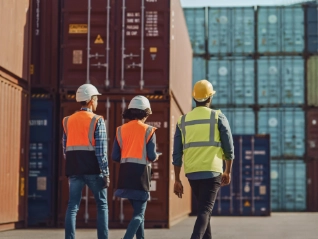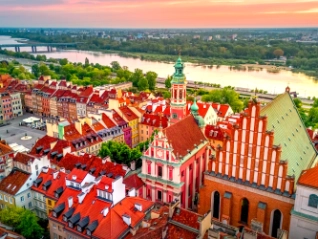Atradius Atrium
Vår nya kredithanteringsportal ger Er direkt tillgång till alla Atradius online applikationer i en portal.
 Sverige
Sverige







Visa mer
Visar 7 av 29







Visa mer
Visar 7 av 155